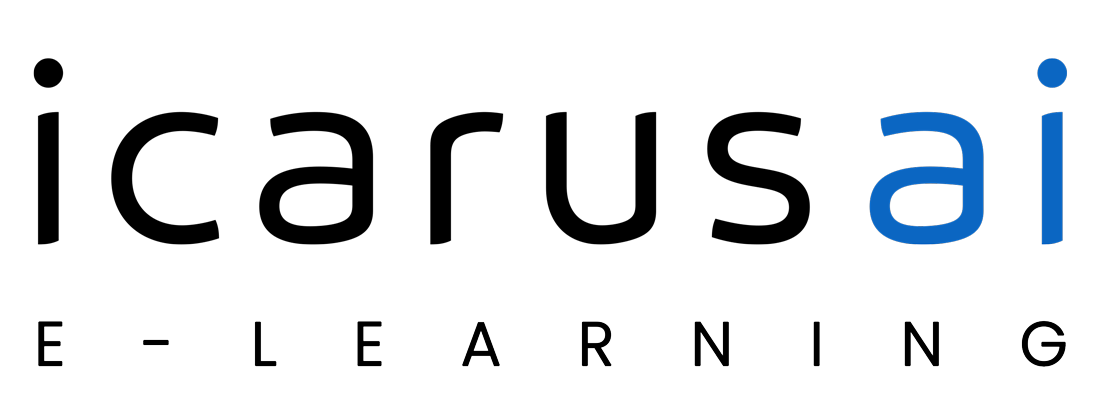Technology in education has continually shown that it is here to stay. Take a look at the EdTech trends that are shaping Education this school year.
As educators gear up for the upcoming school year, they continue to face a range of challenges stemming from the COVID-19 pandemic, including chronic absenteeism, learning loss, and teacher shortages. These issues are critical as they directly impact student engagement, academic recovery, and overall school performance. District leaders and educators are seeking innovative solutions to navigate these challenges and ensure that students receive the support they need to succeed.
Trend #1: Career and Technical Education (CTE)
One key trend that has emerged is the resurgence of Career and Technical Education (CTE). CTE programs are gaining popularity as they offer students real-world skills and hands-on experiences, which are increasingly valued in today’s job market. These programs not only help students explore potential career paths but also contribute to higher graduation rates and better preparedness for life after high school. By aligning CTE programs with state standards, districts can provide students with the essential skills needed for future success.
Trend #2: Tutoring as a Critical Intervention Strategy
Schools are focusing on scaling up tutoring as a critical intervention strategy to address pandemic-related learning loss. Research shows that high-dosage tutoring is an effective way to accelerate learning, and many schools are working to expand these services despite challenges such as limited capacity and scheduling constraints.
Edtech companies are playing a crucial role by developing solutions that can be integrated into the instructional day, helping schools provide personalized learning support to students.
Trend #3: Prioritizing Teacher Retention
Teacher retention remains a top priority for districts, especially as they face ongoing budget constraints and the end of ESSER funding. District leaders are exploring innovative approaches to support educators, such as offering flexible working options, enhancing school culture, and providing professional development opportunities. By addressing these concerns, districts aim to make teaching a more attractive career choice and create a supportive environment where both teachers and students can thrive.
Trend #4: Virtual Learning Solutions
Finally, virtual learning solutions are being increasingly adopted as a way to address teacher shortages and provide more flexible educational options. Virtual tools not only help reduce class sizes and meet individual student needs but also offer cost-effective and adaptable working conditions for educators.
As schools continue to navigate post-pandemic challenges, these solutions will play a vital role in supporting teachers, improving student outcomes, and ensuring the long-term success of educational systems.

